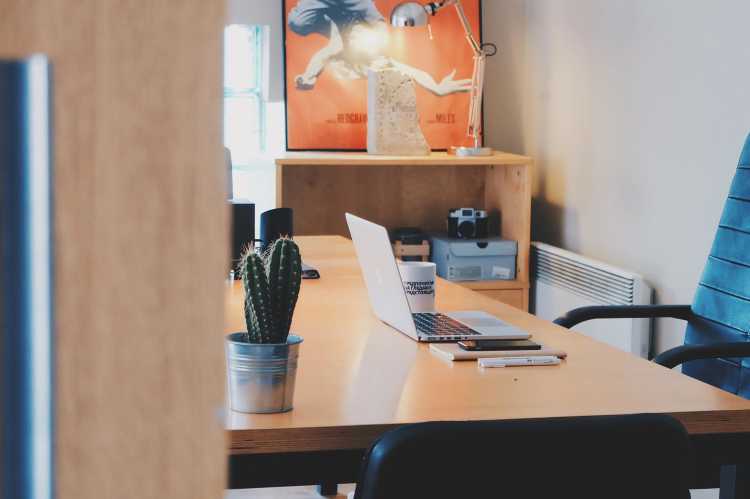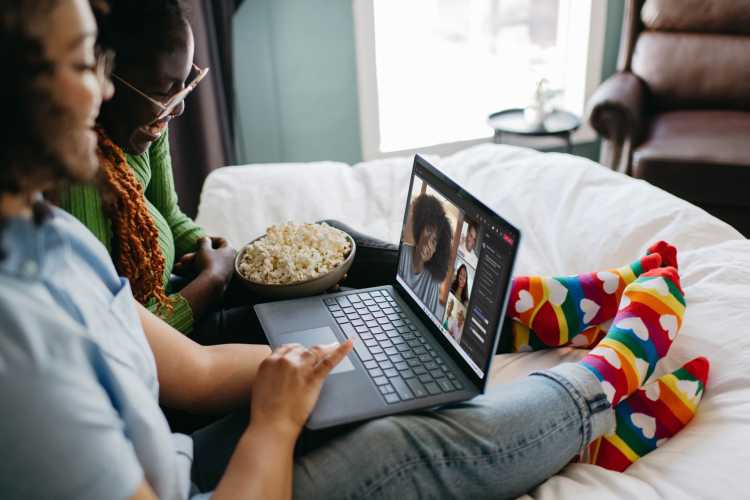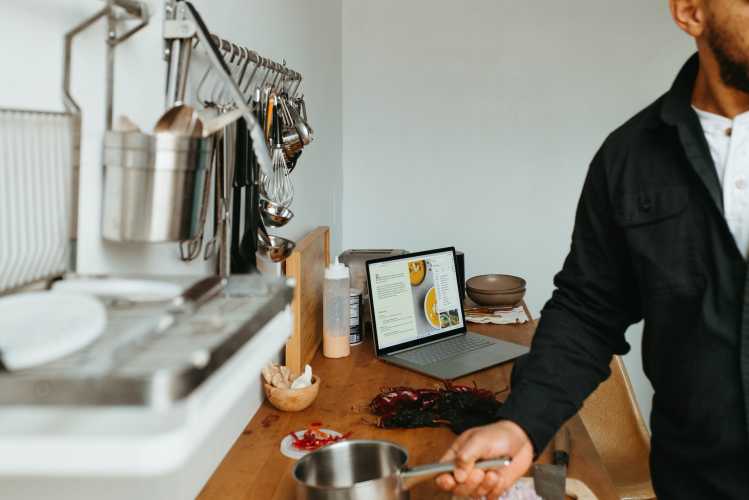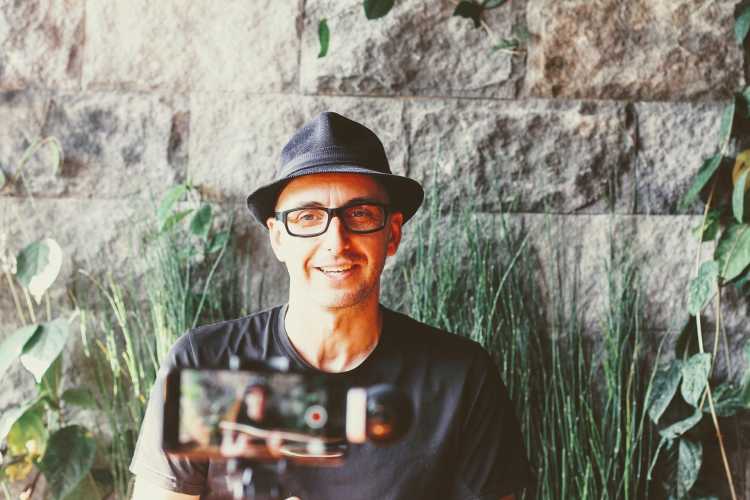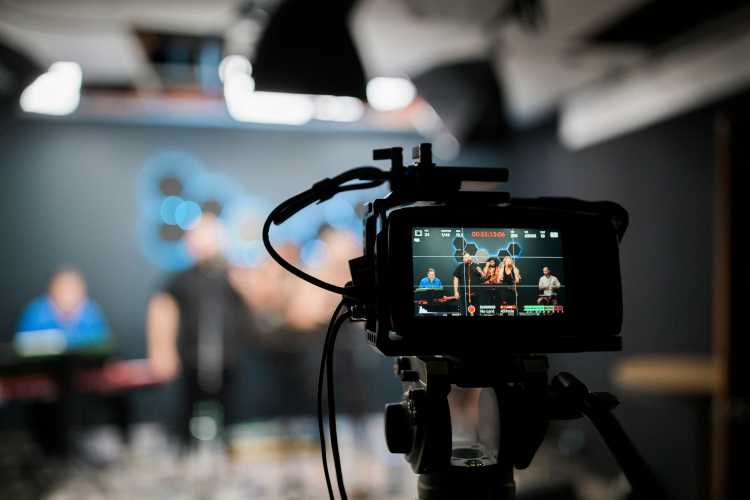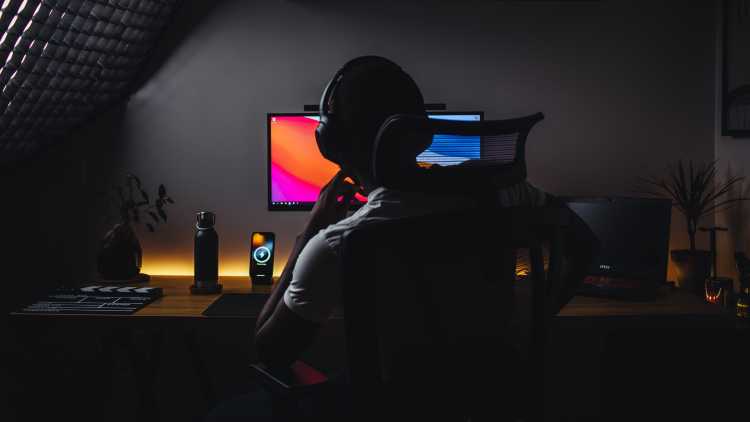Creators & Entrepreneurs
Here’s Where to Sell Digital Products (18 Options for 2025)
From teaching courses to building app templates & more, here are the best platforms to sell digital products.
Author
Mighty Team
Last Updated
October 1, 2025

If you’re starting a digital business, the landscape has never looked better.
Sure, there's a lot of competition. But the global economy has moved online–with a predicted revenue of $6.5 trillion by 2029. We’re more and more comfortable with shopping, buying, and consuming digital products than ever.
And if you’re looking for the best platform to sell digital products, it’s on this list.
But there isn’t one best platform. The best platform will depend on the business you’re building and what digital product you’re trying to sell.
This article will introduce you to a bunch of online platforms for different types of digital creators.
So whether you’re teaching a course, building app templates, or creating motion graphics templates, here are the best 18 places to sell digital products.
*Don’t forget to read our related post for a list of 45 of the best digital products to sell! *
Try the platform with the most $1 million communities.
18 Best Platforms to Sell Digital Products
Best Features | Use For | Starting From | |
|---|---|---|---|
AI-Powered Memberships, Course Platform, Built-in Events + Livestreams | Memberships, Courses, Coaching, & Events | $49/mo | |
Customized Newsletters, Email Lists, Sub Management, Visual Automations | Paid Newsletters | $25/mo | |
Asynch Courses, Evaluations, & Marketing Funnels | Pre-Recorded Courses | $149/mo | |
Course Library, Searchability, Hosting | Course Exposure | Udemy Takes Up to 67% of Revenue | |
eCommerce Websites, Catalogues, & Advanced Cart Features | Physical & Digital Products | $39/mo + Fees | |
AI Recording Tools, Distribution, Subscriptions | Creating & Earning from a Podcast | $9 /mo | |
NFT Marketplace, Digital Currencies | Selling NFTs | 2.5% - 10% Fees | |
Marketplace for Lesson Plans, Engaged Community, Built-in Fundraising | Selling Lessons | 5% | |
Self-Publishing Tools, Wide Distribution, Print on Demand | Selling eBooks | 30-70% Fees | |
Members-Only for WordPress, Digital Downloads | Monetizing WordPress Sites | $66/mo | |
Digital Marketplace for App Templates, PHP Scripts, Plugins, Themes, Etc. | Selling Digital Creations | Fees Vary | |
Searchable Marketplace, Easy Listing | Creative Products (Physical & Digital) | 6.5% Fees | |
Marketplace for 3D Plans & Models | Selling 3D Printing | 40% Fees | |
Graphic & Font Marketplace, Set Your Own Prices | Selling Digital Graphics | 40% Fees | |
Font Listing, Hosting, & Licensing | Earning from Fonts | Fees Vary | |
Vector Graphic Marketplace, Auto-List on Partner Sites | Sell Vector Graphics | 50% Fees | |
Post Music, Sell Subscriptions, Recordings, & Merch | Earning from Music | 10-15% Fees | |
Video & Digital Imaging Marketplace, Audio Clips, Adobe Presets | Earning from Video Creation | Revenue Share |
What are digital products?
A digital product is an intangible good that's created and delivered electronically. The combination of widescale software access and ecommerce tools means that almost any digital good can be monetized if people are willing to buy it.
Here are some of the most common types of digital products:
Information products that share knowledge or teach something. These are awesome for people with something to share, and you don't need to be techy (since there are tons of platforms to help you monetize).
Memberships and communities that create online spaces and friendships. Perfect for people who love to host and bring people together to share a journey.
Subscriptions that give access to premium content. Perfect for people who love to create and share content and ideas.
Software and applications designed to solve common problems. These are the perfect digital products for developers who can build and earn from digital infrastructure.
Creative assets like images, fonts, graphics, and video. These are perfect for creative people who love to make visual things.
Templates and Tools to help users accomplish certain things. Perfect for people who like to create tools like spreadsheets, website templates, or themes.
Virtual goods like skins or metaverse decorations. These are perfect for people with design knowledge who understand the virtual landscape.

Why Sell Digital Products?
Low overhead: You can create and share endless digital products without inventory or shipping.
High profit margins: Create a product and you can sell it for a premium, with no manufacturing costs.
Global customer base: Sell to people anywhere in the world over the internet. The world is your oyster.
Passive income: Earn from digital products even when you’re not online.
Scalability: Scale and grow a business endlessly.
Location independence: You can work from your laptop (or phone) anywhere in the world, whether it’s a beach in Thailand or your parents’ basement.
Easy testing: You can “fail fast”, launching products quickly to test and see what’s working. It’s also easy to tweak.
Quick deployment: Products can get up and out to the world quickly in a way that’s impossible with physical products.
Easy updates: Is there a mistake in your digital course? No biggie. Just upload a new file. It’s quick and easy to make adjustments.
Data & analytics: There’s nothing like a digital product for actionable data! You can see how often people use it, how long they stay, where they drop off, and more.
The truth about digital products
Go check out any money or passive income blog and you'll see that digital products feature heavily. And it's not hard to see why.
Software and platforms make it easier than ever to create and launch a digital product.
There's usually very little overhead and potential for endless upside.
There are constantly new and amazing ways to earn from what you're good at in the creator economy.
So much for the good. And yes, there are lots of good things about digital products.
But there are a few cautions to keep in mind:
Ease of entry: The easier it is to create a digital product, the more people rush in. It can end up feeling like a gold rush--where the people who get rich are the ones selling the shovels (ever bought a "get rich by starting a course" course?). Don't necessarily pick the digital product that's the easiest. Pick the one you know you can add real value to!
Chasing fads: Just because you read that Amazon FBA or dropshipping is the newest online fad doesn't mean you should chase it. Instead of chasing whatever's on the top-ten lists, find where you can add unique value with your skills and knowledge.
Mistrust: People are skeptical of online claims, and rightly so! Creating digital products means creating a good reputation, whether it's positive reviews or word of mouth.
Complexity: It's easy to get carried away thinking you need a huge, complex business with tons of software and a fancy tech stack. Often simple offers are the best, especially at the beginning. Try to make your digital product as simple as you can and create it for one Ideal Member.
Flashes and fizzles: Some people start and quit too soon. Building a digital product business can take time. What is the thing you'd be interested in working on in the coming months and years (and not just the coming week)?
How to decide where to sell digital products
What are your strengths? If you're a developer writing software to sell, you don't need an online learning platform. If you're a teacher, you probably do! Take inventory of what your unique strengths are and find a platform that serves them well.
What platforms exist? This seems obvious, but do your research. Because there are platforms and software out there for almost any kind of digital product, and you may not know about it yet. And hey, that's why you're here! We'll cover some below.
What does your Ideal need? A digital product is created for an Ideal Member, an ideal student, or an ideal customer. Think about the value you're offering them, and which platform offers them the most.
What will be doable? There are a ton of platforms you can use for this. So if you get started somewhere and your eyes are glazing over from how confusing it is, you should probably look somewhere else. Find a platform you understand and can focus on building.
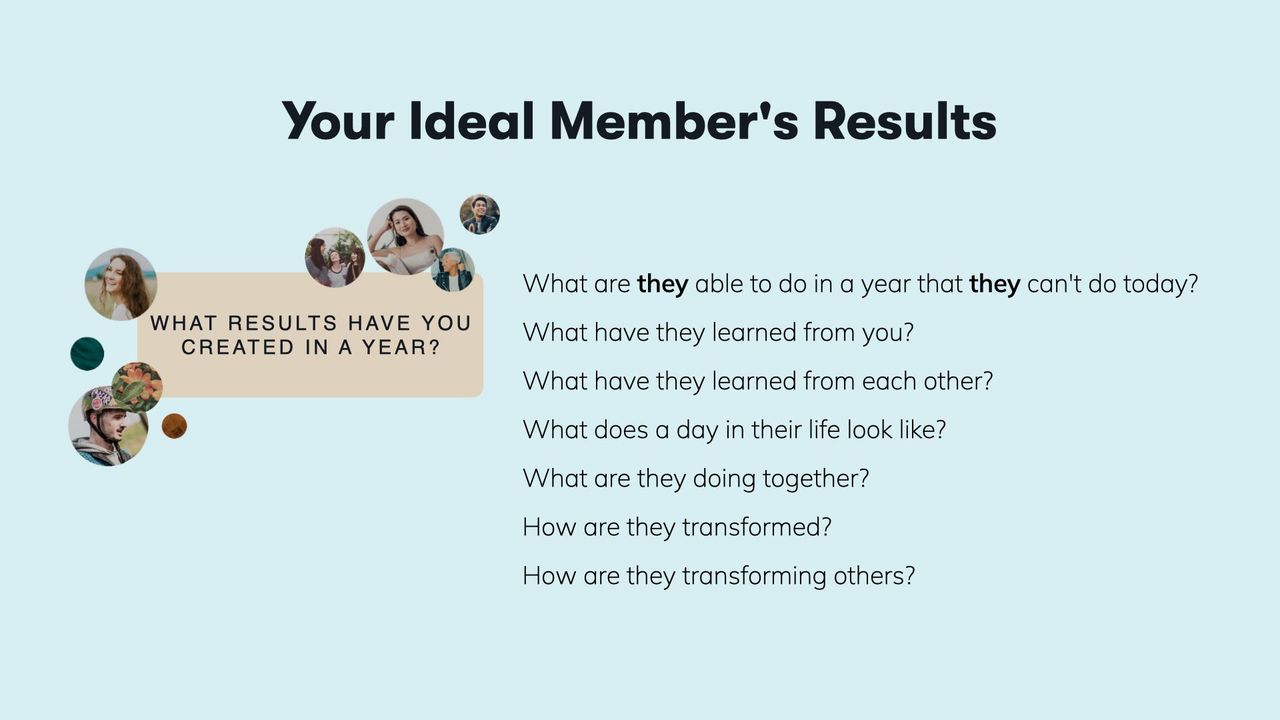
The best platform to sell digital products (18 options)
1. Mighty Networks
Best platform for selling communities and courses
Mighty Networks is an online course and community platform perfect for building digital products. And you can also sell things like masterminds, coaching, virtual events, and paid livestreams.
Rated the #1 community platform by G2, Mighty gives powerful member engagement tools mixed with AI community management features that make for a flexible digital business. And for memberships, Mighty is built on software that's designed to introduce members to each other, creating engagement and growth on autopilot.
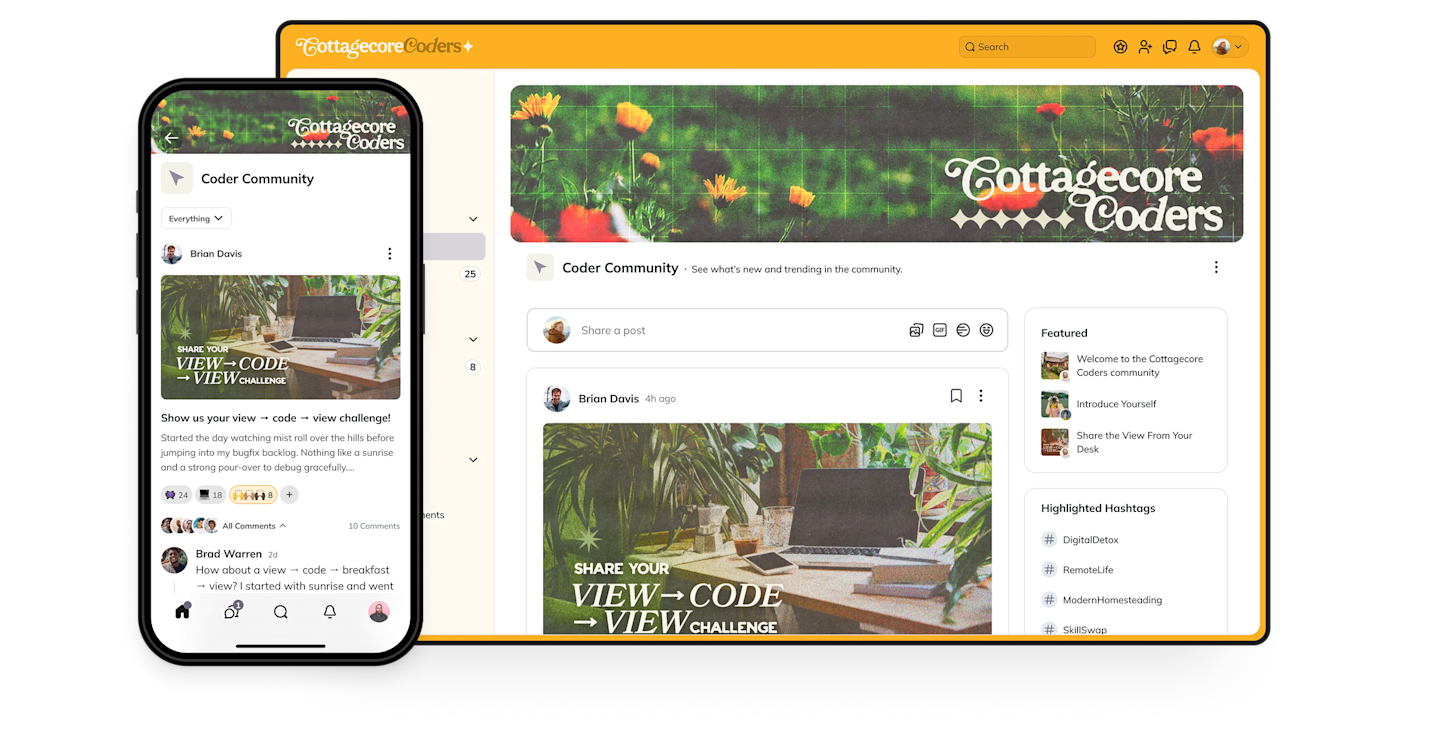
Why Mighty is great for digital products.
The average price Mighty Hosts charge is $48/mo. This means that a community with 100 members is a great side-hustle ($4,800/mo), while one with 1,000 members is a thriving business ($48,000/mo).
If courses are your thing, you can choose from selling a live or pre-recorded course–with a flexible and intuitive LMS that makes course creation easy.
These two things make Mighty an awesome choice for selling digital products for course or community builders. And a lot of community Hosts choose to do both, selling community memberships and upselling into courses.

And with a powerful business engine, you can easily sell bundles and memberships in 135 different currencies.
If you want to learn more about creating a community as a digital product, check out this podcast series!
Best features
A community platform with built-in AI tools that streamline administration, enhance content creation, and strengthen member connections.
Member engagement tools like livestreaming, discussion forums, chat & messaging, polls & questions.
Content features for any kind of content you want: video, long-form articles, posts, images, etc.
Membership management tools: member lists and profiles, forms, auto renewals, and more.
Live virtual events with RSVP, native livestreaming and multi-speaker, or built-in Zoom integration.
Live or pre-recorded courses with an intuitive LMS, course modules, comments & discussion, access controls, assignments, and class profiles.
Creativity-boosting AI features with Mighty Co-Host™ means auto course outlines, instant member profiles, suggested member connections, the “make it better” text editor, and auto icebreaker questions.
Well-rated app for Android and Apple, or you can get your community on your own branded app with Mighty Pro: your icon in the App Store and Google Play Store, splash screens, branded notifications, branded livestreaming, etc.
Kit integration for easy email marketing and reaching your community.
2. Kit
Best platform for selling newsletters

For those who love to share ideas in the written form, a newsletter can be a great subscription product. You can create a paid newsletter and have people pay to receive it. This works great for people with established followings–especially if your followers want your take on something. This means that newsletters are currently working well for journalists, thought leaders, and industry experts.
Some creators choose Substack as a newsletter platform–and it has some decent features: specifically the discoverability and name recognition. But Substack takes a 10% cut of your revenues–which means you’re actually punished for growing.
Kit is a better choice. It’s a way more powerful email platform (and has been for a while), and they’ve added some great features for a paid newsletter.
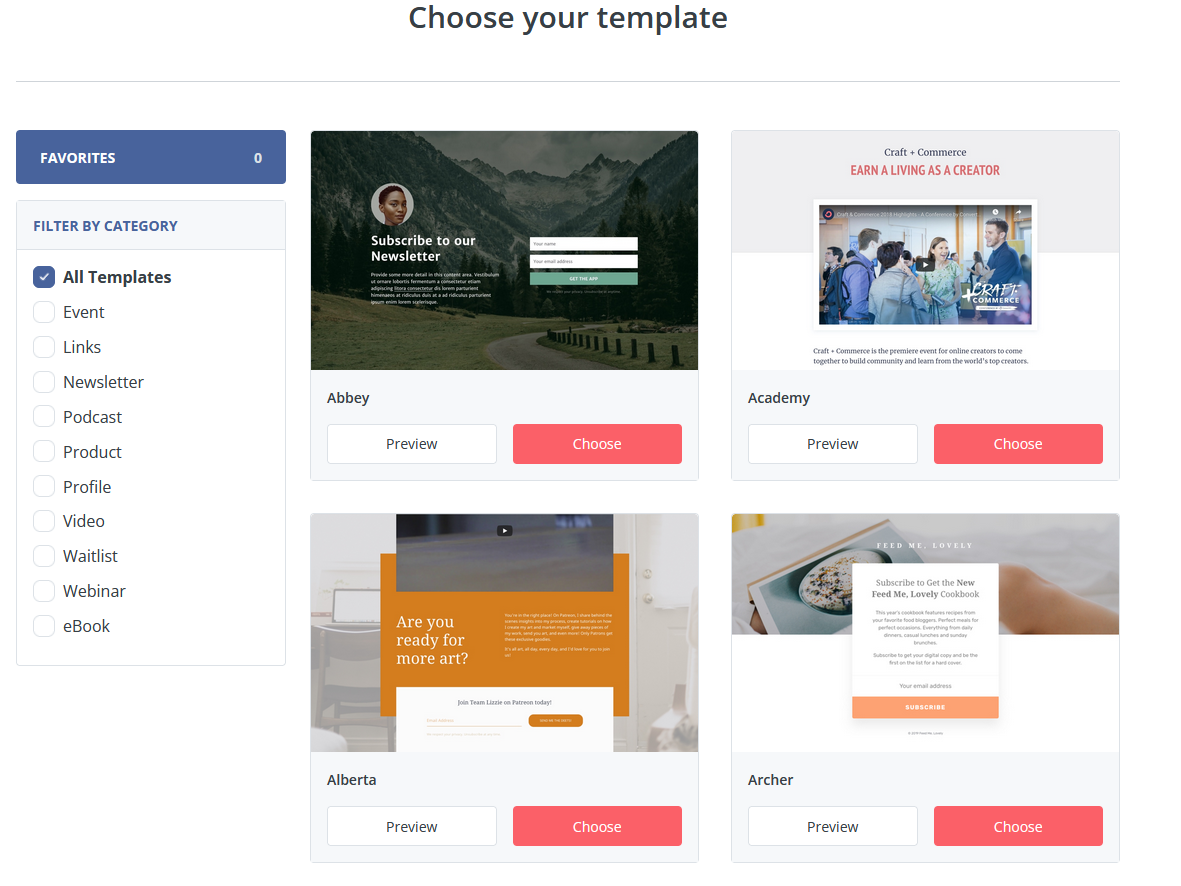
Here are some of our favorites:
Best features
Advanced automation and segmentation with A/B testing and easy tagging and content triggers to organize your list.
Great templates for building a newsletter and customizing it to fit your needs.
Hosted landing pages and easy-to-use opt -ins and banners for growing your email list.
Visual automation builders that are intuitive for creating unique flows for different segments and automating reader actions with if/then logic.
Detailed analytics with subscribe/unsubscribe, open rates, link clicks, etc.

3. Kajabi
Best Platform for selling pre-recorded courses with a marketing funnel
As a course alternative, Kajabi brings together a platform for hosting a pre-recorded course and a solid set of marketing tools. Course creators can choose from a large set of delivery templates and customization features for a course.
Kajabi isn’t the right choice for a live course or for a community. Although Kajabi has been adding community features, the Community 2.0 platform exists as a separate product from Kajabi with separate logins and separate apps. This makes it clunky for users.
But for complex marketing funnels and triggers for selling courses, Kajabi does well.
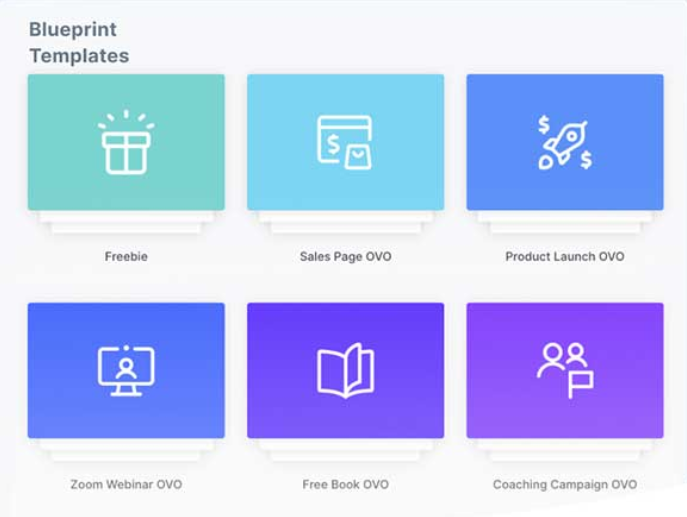
Best features
Landing page and course page builder with lots of tools for customizing and creating course websites.
Brings together every aspect of a digital course business, including email, sales and marketing, complex funnels, up- and down- sells, and more.
Customization features for delivering a pre-recorded course with different options for assignments, certificates, and evaluations.
4. Udemy
Best course marketplace
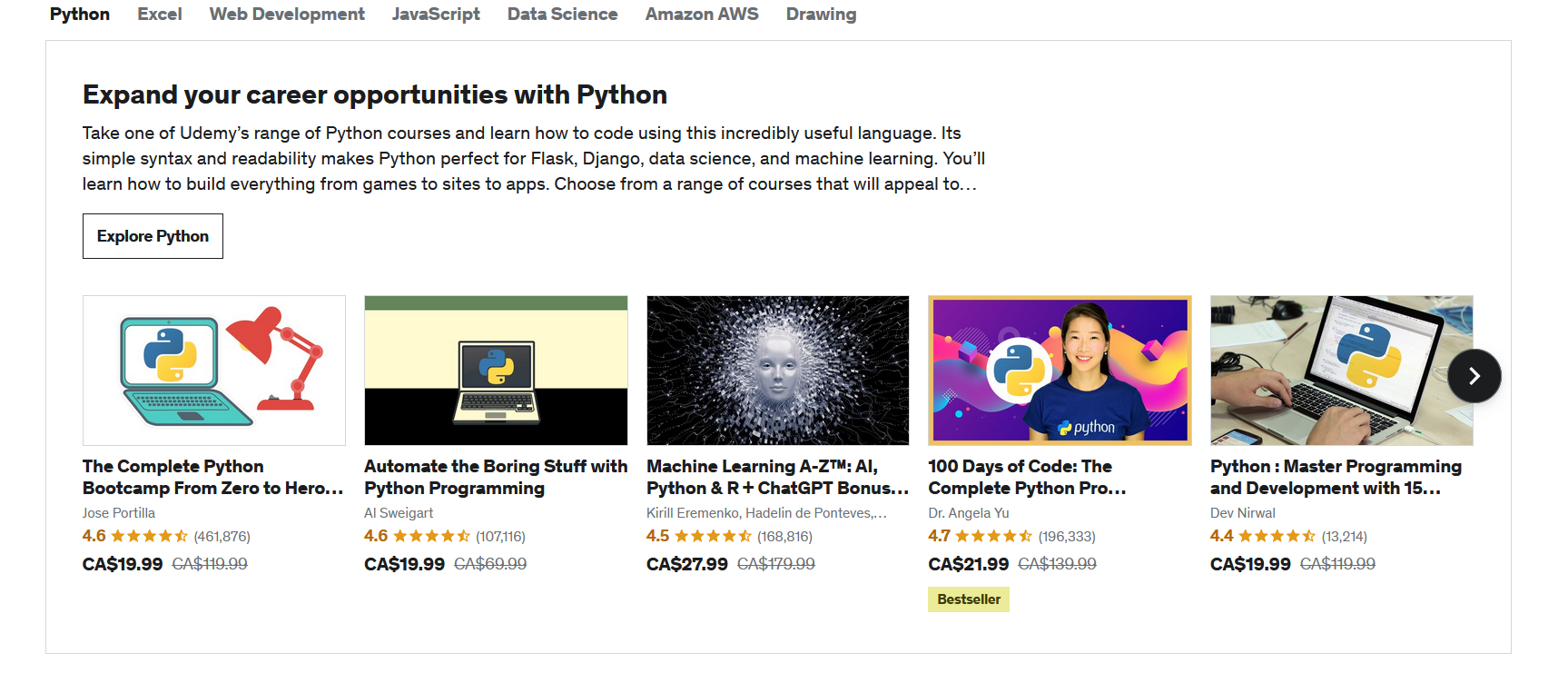
When it comes to teaching courses online, we prefer online learning software to platforms. With course software, you can set your own prices and keep more of your revenue. When you build on a course marketplace, you immediately come into competition with hundreds and thousands of other courses. And you’re at the mercy of a course platform’s payout structure. For example, Skillshare pays creators a chunk of its monthly membership revenues according to how much time people spend watching your course. If your course isn’t popular, you may earn next to nothing.

But if you’re determined to build on a course marketplace and list the course publicly, then Udemy is probably the best choice. It still gives its instructors the power to set their own course prices AND subscription packages. And since you can set your course price anywhere from free to $299, you actually have a chance to earn more from your course. However, it’s important to understand that Udemy keeps 63% of the revenue from students who find your course on its platform. That’s a huge chunk out of your revenues. You keep 97% of the course revenues you bring yourself.
Best features
Course marketplace with 64 million learners and a lot of courses.
Good features for building a pre-recorded course and an easy-to-use course editor.
Can earn both from your following directly (if you have one) and people who discover your course via the course platform.
5. Shopify
Best platform for building e-commerce stores
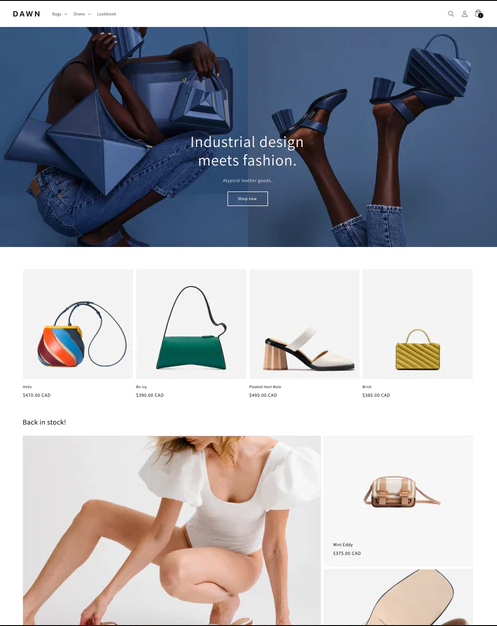
Shopify is a well-known tool for building online stores–either self-hosted or adding it to your own website. As such, it can be used for creating almost any kind of store for a physical or digital product. It’s easy to choose from templates for your site, get a store up and running and products listed.
Shopify starts from $39/mo, although there are different tiers at $105 and $399.
Best features
Comes with awesome selling features like discount codes, cart recovery, sales channels, and gift cards.
Build websites for selling almost any digital product and easily adding product description, shipping options, etc.
Great customer service and lots of business apps to connect to.
You can try our free Shopify store name generator here.
6. PodBean
Best platform for podcast creation and monetization
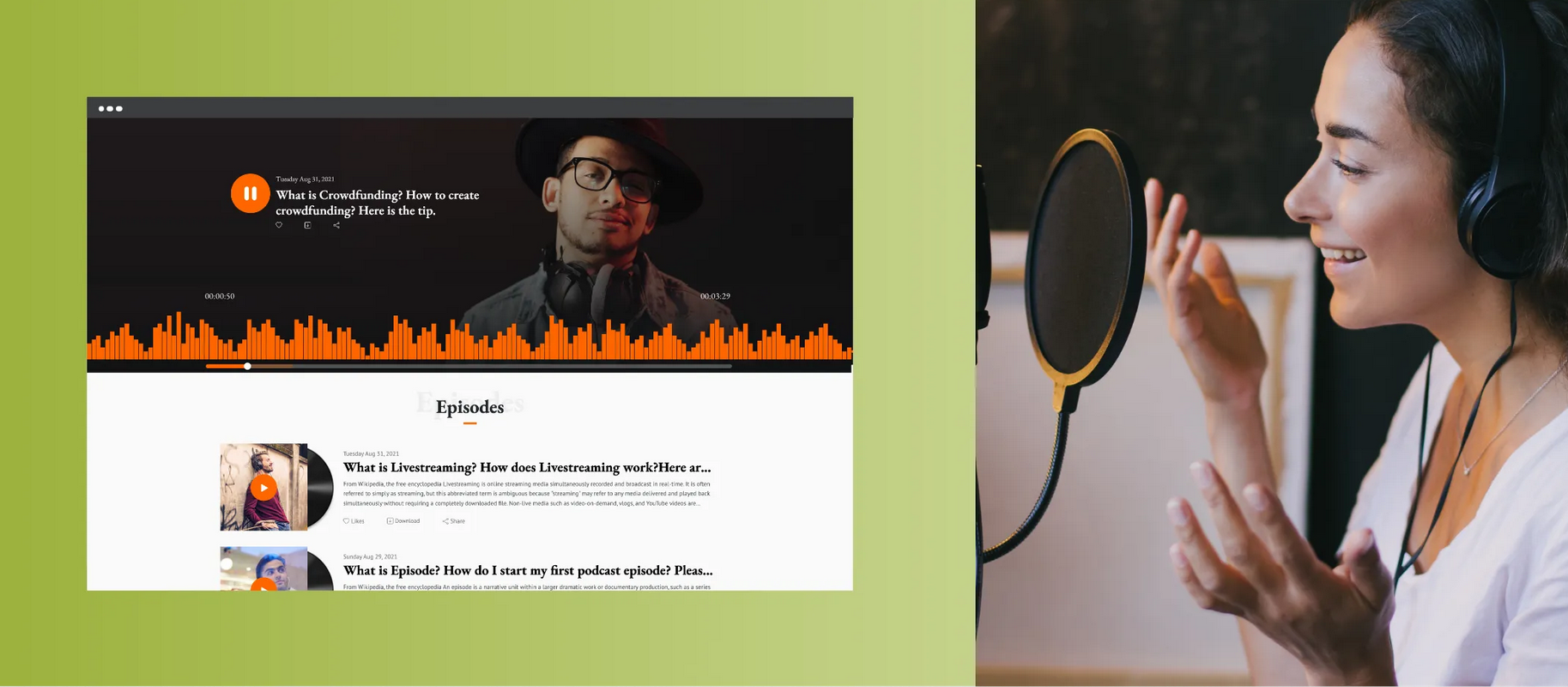
If you’re creating and monetizing a podcast, PodBean is a good choice. It’s a one-stop tool for podcasts, with an excellent recording platform that lets you record, publish, and host podcasts–both video and audio. You can use your own domain as well and host your podcast on a professional-looking site.
Best features
Easy promotion and distribution, straight to Apple Podcasts, Google Podcasts, Alexa, and Spotify, or embed a player on your website or blog.
Statistics that tell you how your podcast is performing: downloads, trends, top episodes, etc.
AI recording tools like noise reduction, auto-filtering, and EQ, cut “filler” words (like “um”), and AI show notes and transcripts.
Monetize with advertising, ad insertion, subscriptions (with Apple Podcasts), or patronage.
Try our podcast name generator here!
7. OpenSea
Good platform for selling NFTs
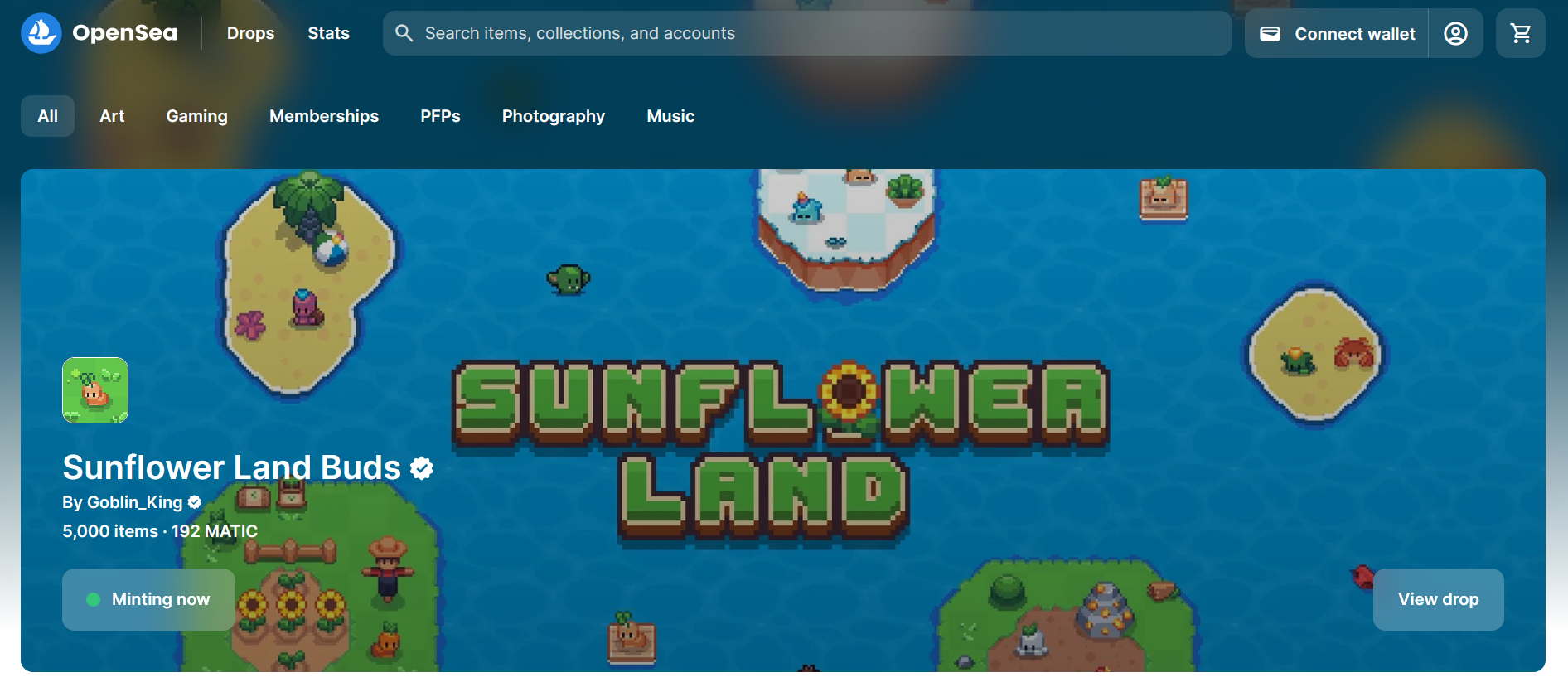
If the digital product you’re creating is an NFT, there are a few options for marketplaces. But OpenSea is a common place to buy and sell NFTs, mostly with digital currencies.
Best features
Marketplace with all sorts of digital art and auction-style selling–mostly with Ethereum.
Easy to connect a digital wallet and full control over the sale between buyer and seller.
Useful “stats” for buying and selling and tools to follow trends.
8. Classful
Best platform to sell lesson plans

For teachers looking to sell lesson plans–Classful is a U.S.-based platform that makes it possible to sell your own educational resources. It features lots of different products for all levels, so teachers can find something that fits their class–saving them valuable prep time.
The types of products you can sell varies, but handouts, printables, lesson plans, and other classroom activities are popular. All are sold as digital downloads, with Classful taking a 5% cut of sales. While transaction costs aren’t ideal, this is a unique and specialized platform–so it’s still the best place.
Best features
A community of 100k who buy teaching-related products.
A huge digital download set that has room for more products in almost any genre or type.
A built-in fundraising option for schools raising money–which is a cool feature that fits well with the existing offerings of Classful.
9. Amazon
Best platform for selling e-books

This one is likely going to spark some controversy. And yes, there are reasons not to sell your e-book on Amazon. And there are a million Amazon alternatives for indie book publishers that perhaps take less of a cut.
But it’s hard to beat Amazon’s value proposition; they’re the world’s largest book marketplace. You can publish straight to their online bookstore with Kindle Direct Publishing (KDP). Combine this with Amazon’s dominance of the e-reader market with the Kindle products, and it’s pretty tempting. This being said, e-readers are declining in popularity so we’ll need to see if Amazon’s dominance continues on mobile. But with so many people already shopping on Amazon, it’s easy to add a book to your cart–you can be sure customers will feel no qualms about purchasing a product there.
Amazon takes anywhere from 30- 70% of revenues from e-books, which is a bummer. But it might be a price worth paying to gain access to the millions of Amazon searches each day. (If you have your own following, a platform like Gumroad might be an alternative to set up your own store.)
Best features
KDP is a powerful publishing platform that makes it easy to publish, track revenues, and get payouts.
Automatic delivery to every Amazon marketplace around the world and easy use. You can even opt for a “print on demand” for people who want a hard copy of your book.
67% of all book buyers in the U.S. use Amazon with large market shares in other countries.
10. MemberPress
Best platform to sell premium WordPress content

There are a lot of different ways to monetize content, but as sure as the sky is blue there will be people wanting to monetize a WordPress site. There are different ways to do it, but if you’re selling premium blog content as a digital product a tool like MemberPress is a good option.
MemberPress does one thing and one thing well, it turns a WordPress site into a membership page.
Best features
An easy-to-use WordPress plugin that lets you create members only areas of your site.
The option to add digital downloads if you want.
A members only area on the back end of the site.
Different ways to gate and restrict content with lots of customization features.
11. CodeCanyon
Best platform for selling software
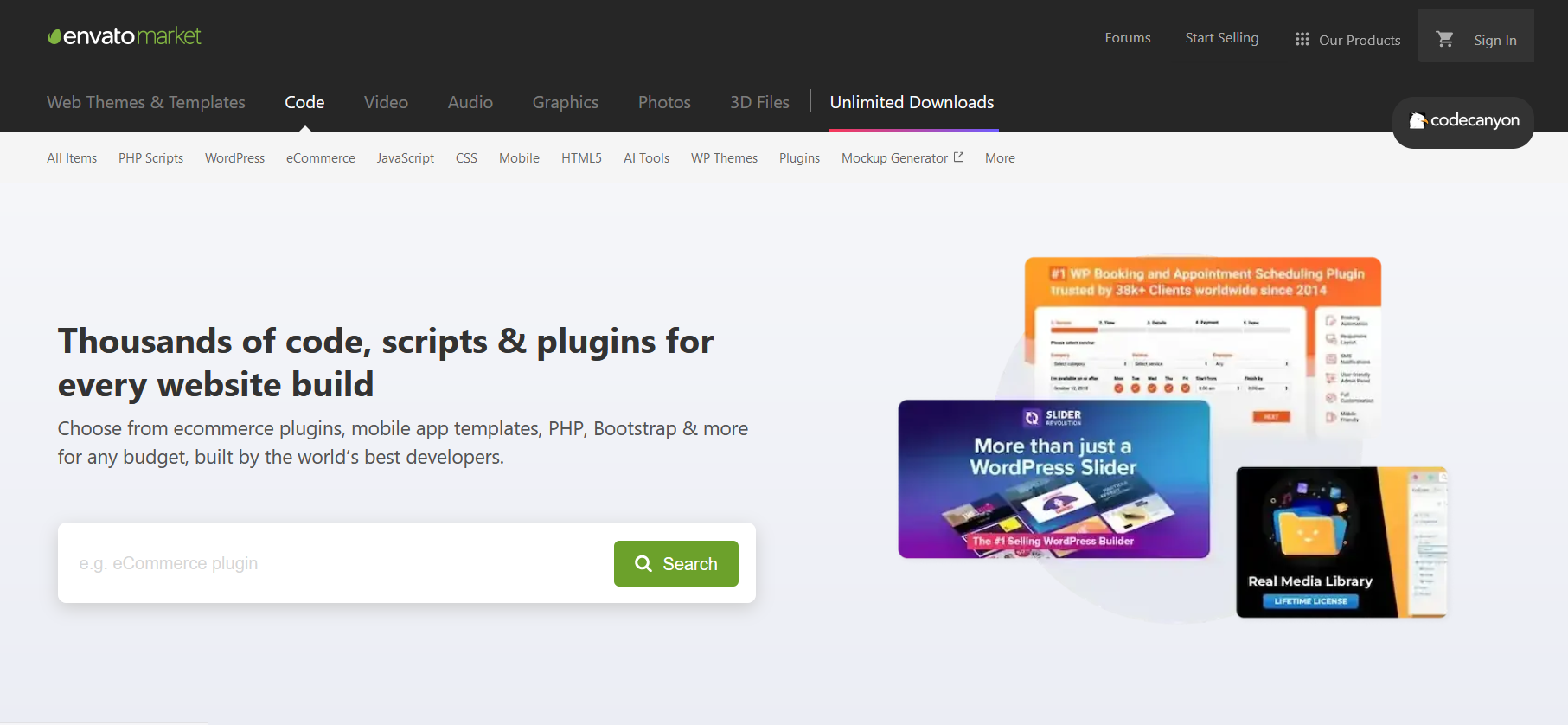
CodeCanyon is a digital product marketplace for mobile app templates, PHP scripts, ecommerce plugins, and a ton of other software. If you love to build things with code, it’s a good place to sell them (with a few exceptions we’ll cover below).
The revenue from CodeCanyon is at over $1 billion (from their own counter). Envato (the owner of CodeCanyon) takes a buyer fee and a handling fee in some cases, but the dedicated marketplace with a lot of buyers is a good value proposition for coders.
Best features
Marketplace platform with tons of options to choose from for pretty much any application with a built-in rating system.
An automatic license that comes with any purchase of a product (read the details here). You choose from offering support or not.
Choice between offering items exclusively on CodeCanyon or listing in multiple places. They give you a lower “buyer fee” if you list exclusively.
An affiliate program so that you can earn more from promoting others’ creations.
12. Etsy
The ultimate creative marketplace
When it comes to selling digital products, Etsy has become a powerhouse. Once, Etsy was limited to physical products like crafts, but by opening the store to digital downloads, it’s arguably the place to beat. People are selling wallpaper, scrapbooking templates, print-on-demand t-shirts, and pretty much any other creative thing.
That’s not to say selling on Etsy is easy. The competition is HUGE; there are so many creators there it can be tough to get seen. Etsy charges a 6.5% transaction fee.
Best features
Etsy has over $350 million users per month. That’s an ENORMOUS user base.
The marketplace is easy to search for users, and it’s still possible to find creative niches for digital products.
13. Turbosquid
The best platform for selling 3d models and assets
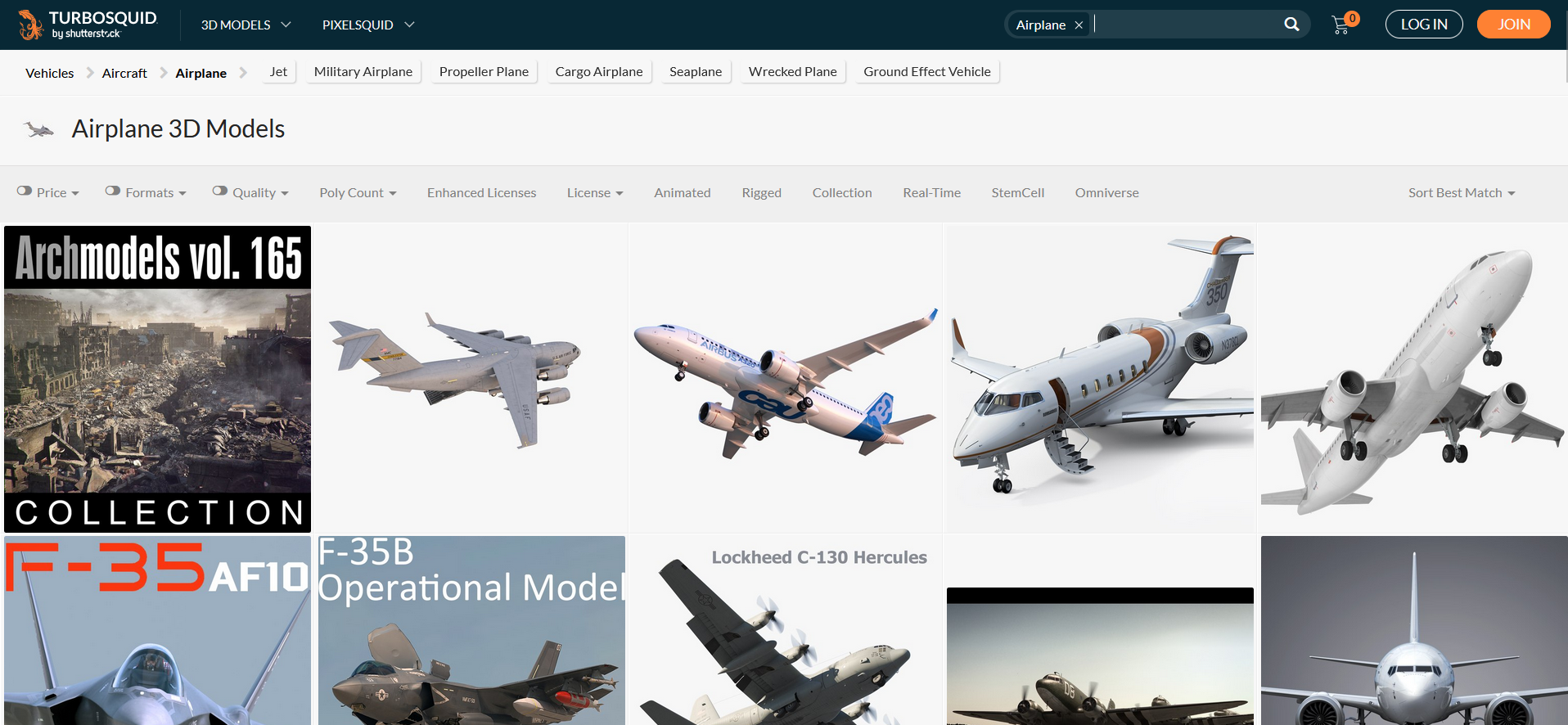
There’s incredible growth with the 3D printing industry, since it’s possible to 3d print everything from plastic models to houses to food. So if you’re a creative who likes building 3D blueprints, it’s possible to sell these!
Turbosquid is a good online marketplace for selling 3d plans and models. Users can search for pretty much anything–from StemCell models to brand demos–and buy it from the platform.
Best features
TurboSquid has been around since 2000 and was partially responsible for creating the industry standard: Checkmate.
TurboSquid can syndicate your content to a bunch of other sites they own and partners like Adobe Stock and Envato.
TurboSquid handles the hosting and support, and you can even grow with an affiliate program.
14. Creative Market
Best place to sell graphics
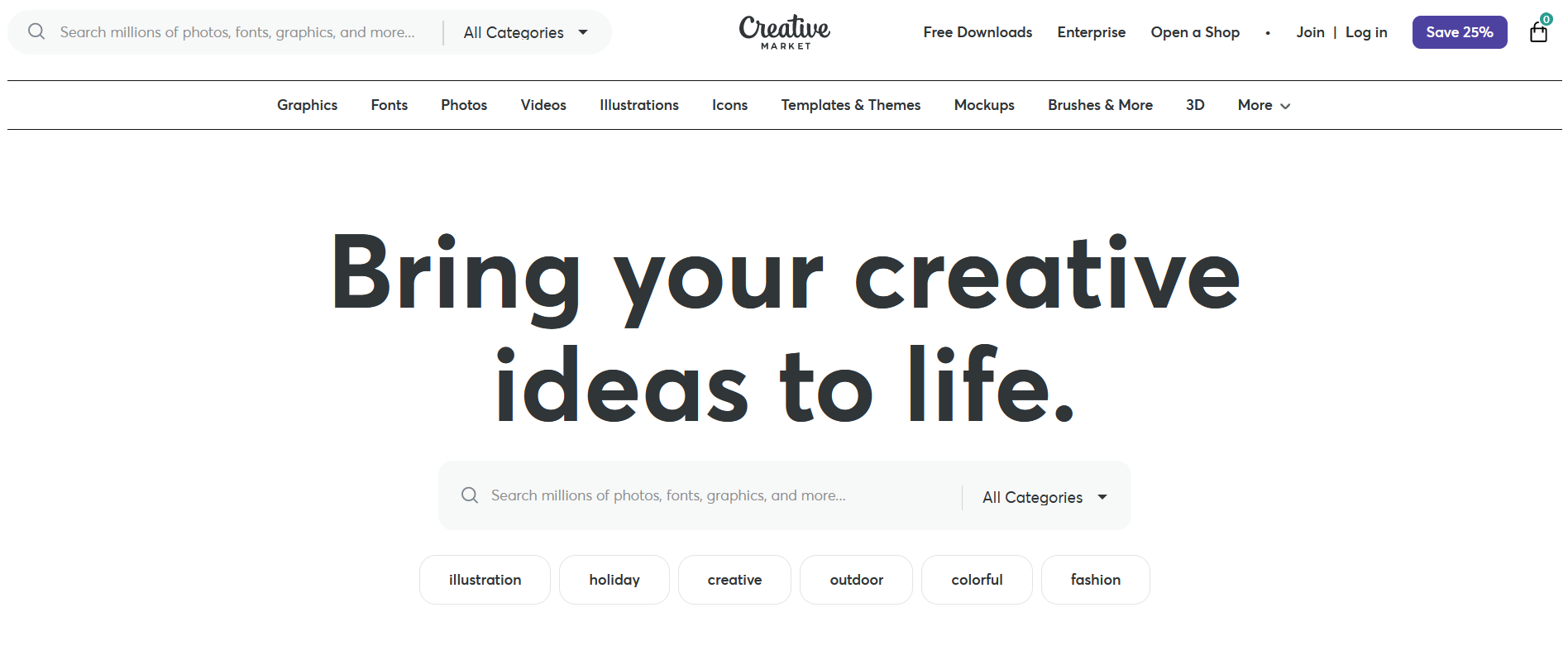
Creative Market is a marketplace for selling graphics and fonts. It’s a place for creatives of all kinds to post and host and earn from what they love. Creative Market takes a platform fee from each order, but its dedicated platform and reputation make it a good option for creators without a following–or who just want to post occasionally and not think about their products.
Best features
10 million members looking for creative products.
Creative Market doesn’t require exclusivity. You can still sell on your own site or elsewhere.
You set your prices. Unlike other marketplaces where your creations are included in a membership (e.g. Canva), Creative Market gives you more freedom to earn what you want.
Once you’re approved with them, you can upload any products you want.
You can chat directly with your customers and handle support.
15. My Fonts
Best platform for selling fonts

The custom font market is mostly directed at brands and graphic designers who work for them–there’s still a premium on great and original fonts. Some brands will choose to buy a font that’s only theirs, so nobody else can have it. But it’s more common for brands to pay to license premium fonts.
If you’re a font designer who creates fonts from scratch, customizing ligatures and building font sets, you could have a digital product.
Fonts are most often sold on font marketplace websites, and there are some good options. So Fontsy and Font Squirrel are excellent, but we’ll talk about My Fonts here.
To sell on My Fonts, you must submit an application with your foundry name, description, and bio. If approved, you can then submit your fonts.
Best features
Freedom to sell your fonts on other sites (although price must be equal or lower).
Earn up to $1,000 through selling fonts on the marketplace. You may also get exposure to negotiate your own custom, exclusive deals (off the platform).
16. IconFinder
Best platform for selling vector graphics
Creating vector graphics is a digital product that’s perfect for creatives. There are several places to sell them, including Envato or iStockPhoto–but these marketplaces don’t have good payout structures.
If you’re not selling on your own website, a marketplace like IconFinder is a better option. There are lots of people shopping for graphics there. IconFinder does take a 50% cut–which is a lot–but the margins on vector graphics are often pretty low to begin with.
Best features
Connect to millions of potential customers a month.
IconFinder provides regular analytics and reports to see how your products are doing.
Automatically be listed on partner sites. IconFinder does all the work to upload, tag and metadata, description, etc., on both their platform and partner platforms. You just add your designs.
You can control which reseller partners you want to list on.
17. Bandcamp
Best platform for selling music and merch
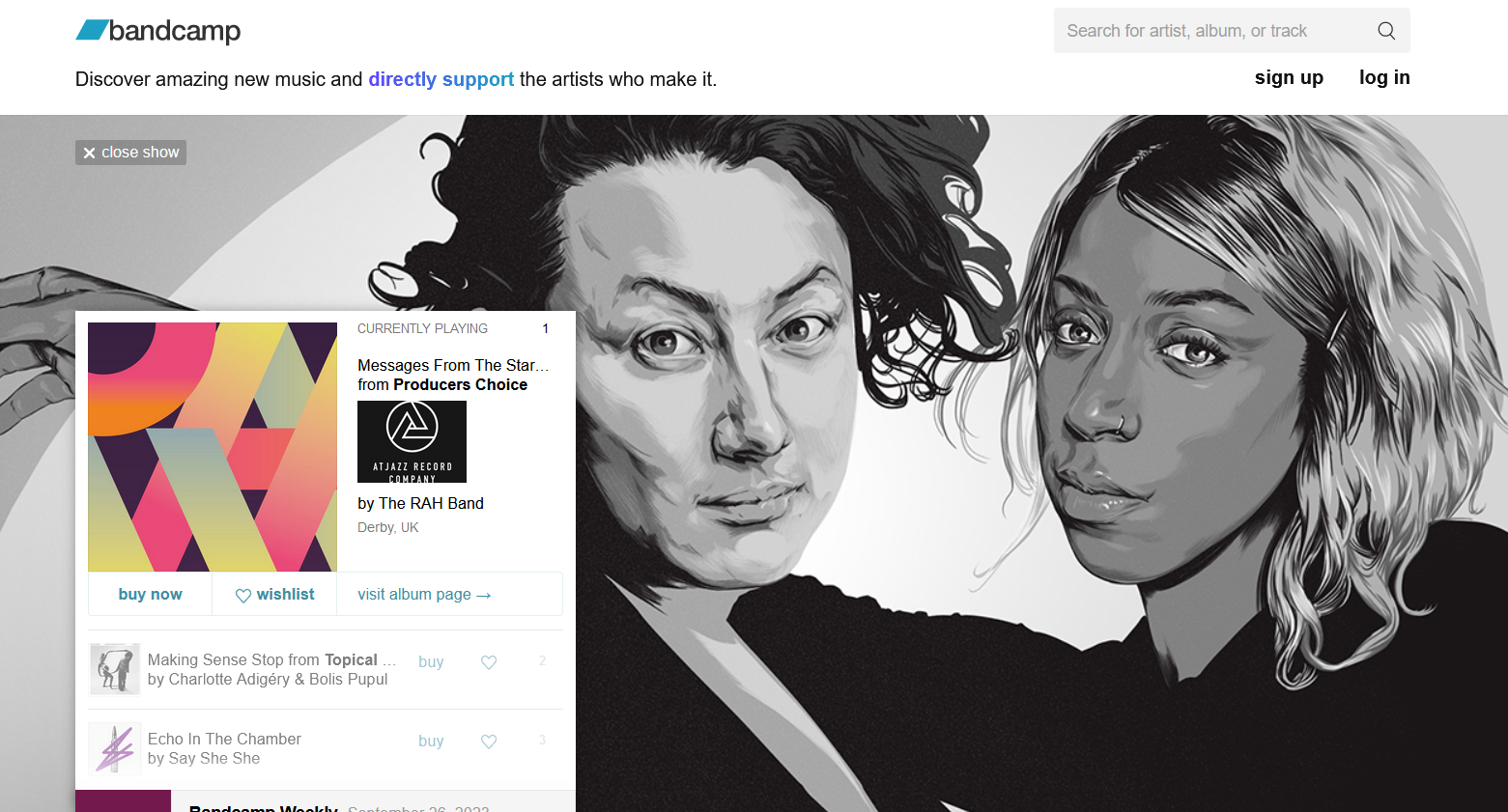
If you’re a musician and you want to create a subscription product to earn from your music, Bandcamp is a good choice. It lets you create and host music and even sell it on Bandcamp–they paid artists $193 million last year.
Best features
Sell subscriptions to music and build a loyal fan community–connecting them with messages and email.
Sell merch like shirts, buttons, bags, etc. and track reports and sales history.
Embeddable music players.
Price what you want for your product (or use a track or merch as a lead magnet). Bandcamp reports that 50% of the time fans pay MORE than the list price. They love supporting artists.
Bandcamp presses vinyl. You can start taking orders and ship your own vinyl records.
Host live events with your merch table embedded AND get discovered on the Bandcamp library.
18. MotionArray
Best platform to sell motion graphics and sound clips
If your digital product is a motion graphic or sound clip, MotionArray is a place to sell it. MotionArray works like a marketplace with a revenue share. They collect membership fees and distribute them to artists based on how many users download them.
The reward model is a bit confusing–there are seven levels you need to move up, and the more downloads you get, the more you keep. It’s not a perfect payment system for creators–in fact, it doesn’t do much for small creators. But MotionArray is one of the most common sites for video motion graphics and audio clips, so it’s a contender.
Whether you create Adobe presets, YouTube intros or outros, or sound effects, MotionArray is a good place to be.
Best features
User requests. Artists can see certain creations users have requested (e.g. A YouTube intro with a dinosaur theme) and respond. MotionArray will give 20 artists who do this a small honorarium of $150.
Reach 8 million subscribers with your work and get it featured in videos made by other creatives.
Earn royalties on each download.
Ready to start?
Whether you’re launching your first digital product or your tenth, we hope these platforms and software options for selling digital products have given you lots to work with. Remember, no matter what platform you choose, always ask hard questions about whether they pay creators fairly.
A place to sell digital products will be a part of any successful business model, so make sure you choose an option that can grow with you.
And if you want to build courses and community, come build with us! Mighty makes it ridiculously easy to create and sell either community membership or an online course. Don’t take our word for it. You can try it free for 14 days–no credit card required. With the help of Mighty Co-Host™, our community engine, we can get your paid community up and running in minutes. Try it!
FAQs
1. What are the must-have features of digital product software?
AI & Automations: For example, tools like instant course outlines, chatbots, smart product recommendations, or gamified/automated course and community journeys can create better engagement, higher retention, and all for less work.
Analytics & reporting: You need the data and insights to understand your digital business. This could mean tracking conversions, revenue, and churn, A/B testing, or understanding your traffic sources. All these give you the power to build a better business.
Security: Look for basic security features like SSL Certificates, encryption, fraud prevention, and two-factor authentication. If you’re running something where humans interact (e.g. courses and community), look for moderation and reporting tools.
Payment processing: There are so many great software options. DO NOT choose something that needs workarounds or Zapier automations to do the most basic thing: collect money. But also, look for multiple payment options (e.g. Stripe, PayPal), subscription features, the option to bundle things, and multi-currency support.
Marketing tools: How will you get people to your digital product? Is it email? Social media? Paid ad spend? Look for what marketing features a platform gives you to help understand how you can actually find customers or members. Think about email support and/or integrations, SEO optimization, social media sharing, affiliate management, and landing page builders.
Branding: You might want to customize and brand your digital product. Add your own color schemes, logos, and design. Or even take your products to branded apps. Your software should help you with this.
2. How do I start selling digital products?
Identify your expertise: This will be the unique intersection of the stuff you know with your story. It might be something you have formal training in. Or it might be some unique life experience you have. Or, maybe it’s the thing you want to teach that isn’t really out there, or you’re going to teach it in a new way.
Do your homework: Any market needs validation. The easiest way to do this is with some interviews. For example, when starting an online community, we suggest 10-15 interviews with potential Ideal Members to find out their pain points and goals.
Build your Ideal: For an online community, it might be an Ideal Member. For a course, an Ideal Student. For a printable, it’s an Ideal Customer. Map out who this person is (especially now that you’ve researched). Get as specific as possible.
Choose the product type: You probably have an idea already, but how will you serve your Ideal person? Does it still fit, even after your research? For example, maybe you thought about selling an eBook, but a webinar fits the need better. Maybe you were thinking of selling fonts, but you might discover that templates are a better option. Identify where your product meets your Ideal.
Pick the software: Choose the platform you’re going to build on and connect payments.
Try an MVP: That’s a “Minimum Viable Product.” Can you create something small and relatively quickly to validate your market?
Launch and iterate: Get your product up and learn from it. Even if your first product isn’t a smash success, use it to learn and grow for the next one (or update). Just keep going!
3. What is the most profitable digital product to sell?
Of course, this will depend on your market and your Ideal Member–and how much the transformation or benefit you’re offering is worth to them.
Here are a few possibilities:
High-ticket courses: With the right market, you can charge $200 - $2,000 for high-ticket courses. The trick? You’ll need a clearly defined Ideal Students with money to spend, and a transformation that offers them enough value to justify this. Note that B2B offers can be a great fit here, since businesses sometimes have more budget for training than individuals.
Memberships & communities: With recurring revenue and great potential for organic growth, these make profitable digital products. The average community membership on Mighty Networks is $48/mo.
Software: Great software can also collect recurring revenue (monthly or yearly), with subscription models for SaaS (Software as a Service) products.
Coaching programs: Blend some components of 1:1 coaching, pre-recorded lessons, communities, and events to create a transformation roadmap customers will pay a premium for.
4. What digital products are in high demand?
Online learning: With a market projected to hit $203 billion in 2025, online learning is always in demand.
Productivity: Software or tools that save time and money are always in demand!
Business tools: Most businesses have a software budget, and they’re always looking for tools like marketing templates, trackers, or workflow optimization.
Health and wellness: We still see health and wellness as a popular niche for memberships, courses, and communities, as more people prioritize wellbeing (and look for guides they can trust).
Entertainment: People love games, digital art, music, and podcasts–whether they’re entertaining or informative.
Personal development: People dream of starting their business or YouTube Channel or becoming a leader at work. This is a huge growth area for digital products.
5. What kind of digital products sell best?
Community-driven products: With social media so often devolving into misinformation and polarization, people want an alternative. Online communities fill an amazing space here, bringing people together around a shared purpose–often with the goal of transformation. And that brings us to…
Transformation products: Products that can change people’s lives, help them learn skills they need or hit goals they’ve dreamed about are always in demand.
Skill-building products: When your Ideal Member or Customer can pick up a new skill that can stay with them for life, you’ve got a product in demand.
Time-saving products: Whether it’s software templates, SaaS, or an online course that teaches how to do something more quickly, time-saving products appeal to people who know that saving time is worth money.
Income-boosting products: We all want to earn more, and products that help people do this can be a great offer. Whether it’s learning to invest or negotiate or start a side-hustle, these products appeal to the life we want to have.
6. What are the benefits of selling digital products on a community platform?
Automatic growth: Communities grow themselves (and their products) as members connect, create content, and invite others.
Built-in testing: You don’t need to go and do market research. Your community is it! Turn to them for feedback and input. Many hosts find that community members bring them product ideas they would like to see.
High lifetime value: Members stay engaged, not only because you create courses and content, but because your community becomes the place they go to for friendship and shared growth.
Multiple revenue streams: With multiple product and bundle options, communities can earn a baseline of membership revenue, but still up-sell to courses and events with premium offers. You have total flexibility to earn more.
User-generated content: We mentioned it above, but your members create content too. You can even tap some of your supermembers to lead conversations, moderate, or even run events!
Real engagement: While asynchronous courses or PDFs have their place, mixing learning products with community to create conversation, feedback loops, and friendships in a learning journey makes a HUGE difference and reduces churn.

7. Which platform lets me validate product ideas before I build them?
Community Platforms: Mighty Networks, G2’s top-rated community platform lets you host polls, discussions, member feedback, or live events and conversations to get input on the kinds of products your members would like to see.
Email lists: With software like Kit, you can build an email list and validate ideas with A/B testing, segments, or using waiting lists or “painted doors” in emails to see if people are interested in products.
Social media platforms: YouTube and Instagram posts allow for comments and discussions that can give you insights into what people are interested in paying for. But, a warning, just because people say they will pay for something doesn’t mean they will. You can go a step further for validation with pre-sales or small test offers.
Crowdfunding: Patreon or GoFundMe can be useful testing grounds for how much people are willing to support, putting money down for products.
8. How do I handle customer support for digital products?
Create FAQ sections–especially as questions come up–to keep a running list of common problems people have.
Create forums to allow members to respond to and help each other.
Enlist your supermembers for help. In a community, you can enlist your top members and reward them for answering questions and responding to member posts.
Set up clear channels and expectations. Let people know how to get help if they need it and what to expect.
Track and analyze support requests and address them with product upgrades or future products.
Set up automations with tools like chatbots, AI knowledge bases, or auto-responses.
9. Should I bundle a digital product with membership access to a community?
Here are some advantages to making the bundle!
Creates a higher value offer for people to not only get a digital product, but join a community of people on a journey. This can also justify a higher price point.
Communities boost engagement and completion in online courses, keeping members on track and accountable.
You get the network effect, which basically means the community gets more valuable as more members join!
Members can get instant help from community chats and forums, reducing potential tickets and churn.
Up-selling becomes easier, since you’re selling to a group of “warm” prospects who know you and have already bought into your work.
You get the feedback loop of members who give you input on future products and directions.
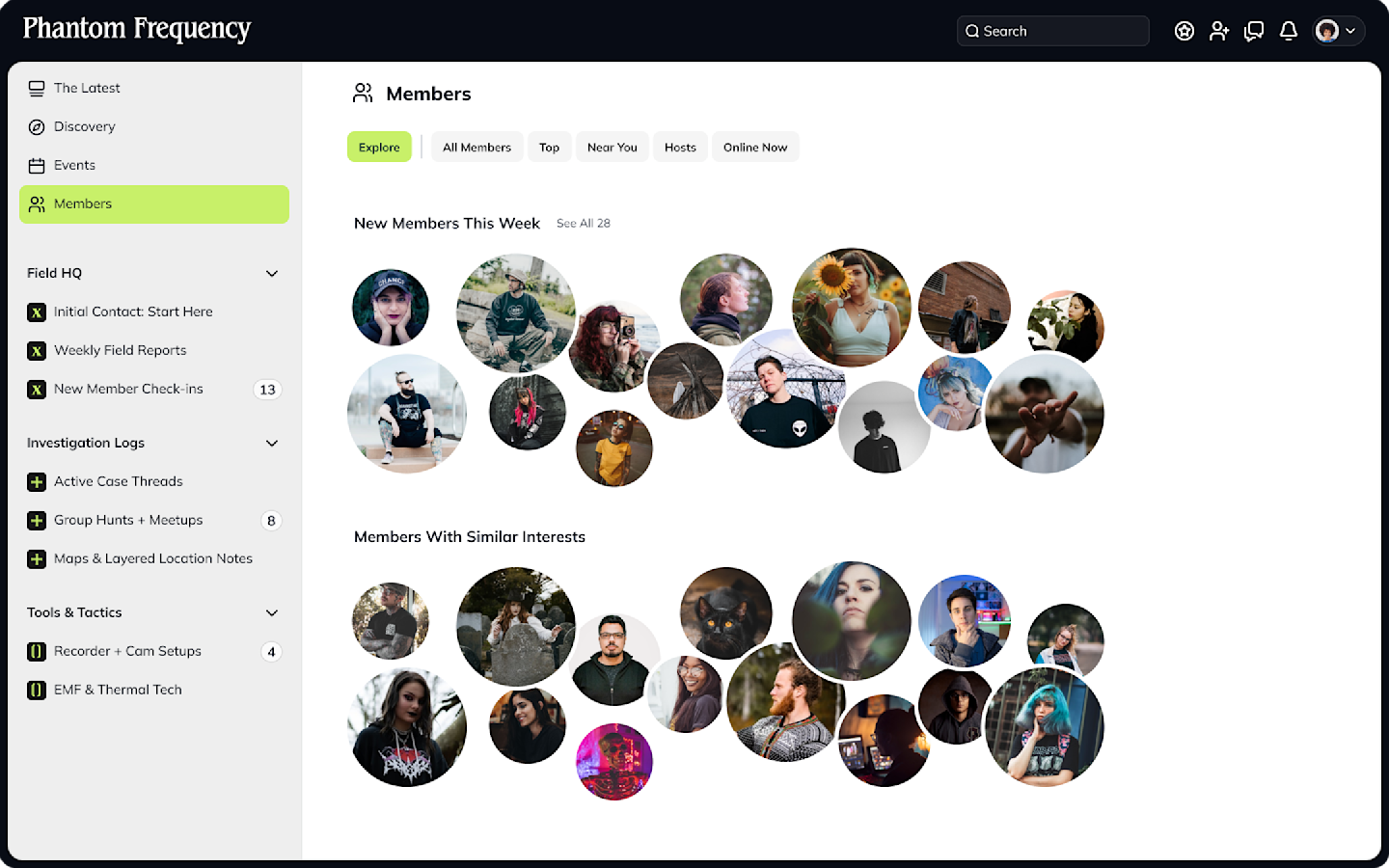
Ready to start building your community?
Start a free 14-day trial to explore Mighty—no credit card required.
More like this
Join Mighty Community
Learn the principles of Community Design™ (and see them in action) alongside thousands of creators and entrepreneurs. It's free to join!

Online Courses
Creating a Course
Teaching a Course
Course Platforms
Selling a Course
Communities & Memberships
Community Platforms
Managing a Community
Building a Community
Growing a Community
Monetizing a Community
Content Creation
Creators & Entrepreneurs
Monetization
Content Creation
Starting a Business
Website Builders
Creating & Managing a Website
Events
Event Platforms
Hosting & Marketing Events
Branded Apps
Creating a Mobile App
Coaching Apps
Community Apps
Coaching
Mastermind Groups
Starting a Coaching Business
Coaching Platforms
Filter by Category
Online Courses
Communities & Memberships
Creators & Entrepreneurs
Events
Branded Apps
Coaching
Start your free trial
14 Days. No Credit Card Required.



